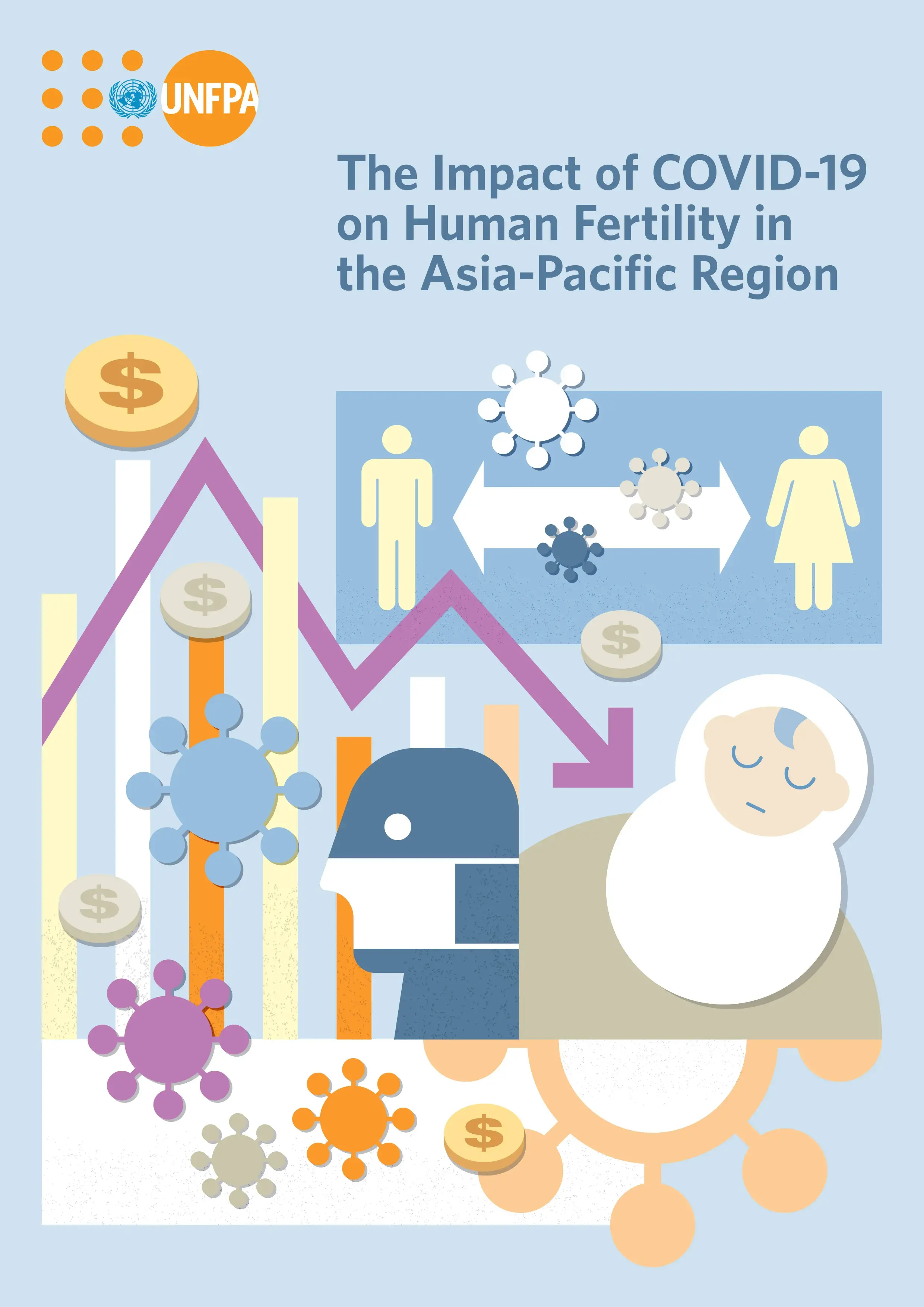The COVID-19 pandemic is the greatest global public health crisis in a century.
Governments across the Asia-Pacific region and beyond have taken unprecedented steps to curb the spread of the virus, and provide care for the many infected individuals. Yet, while the mortality and morbidity consequences of COVID-19 have been well documented, the impact of the pandemic on human fertility trends, patterns and choices remains comparatively less explored.
With a focus on Asia and the Pacific, this report aims to explore the potential impact of the COVID-19 pandemic on human fertility trends, patterns and choices. While it is too early to assess the full impact of COVID-19 on fertility with any certainty, this report identifies key dimensions of the pandemic that may impact fertility:
1. High mortality,
2. Restricted access to family planning services,
3. Reduced work-life balance,
4. Economic recession and uncertainty, and
5. Disruptions to assisted reproduction services.
For each dimension, the report reviews the global literature on the effect on fertility of past ‘proxy’ events, such previous epidemics, natural disasters, societal upheavals and economic recessions, as well as early evidence from COVID-19 itself where available. This review is supplemented with case studies from four countries (the Philippines, Viet Nam, the Islamic Republic of Iran and Japan) in the Asia-Pacific region.


